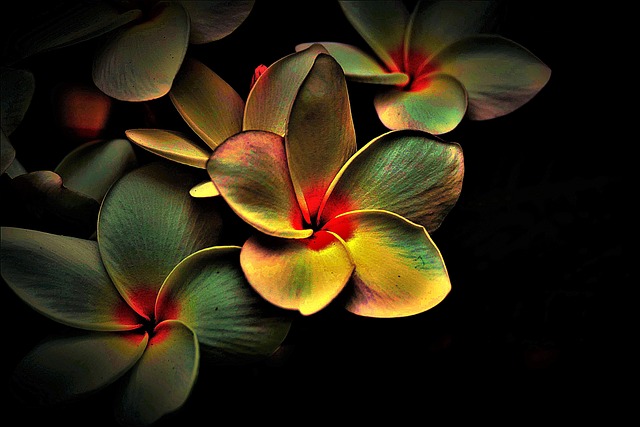Abstract photography invites viewers into a realm where reality blends with imagination, creating captivating visual narratives. It encourages a journey through layers of perception, enabling us to explore the depths of our emotional and intellectual responses. In this blog post, we will delve into the mesmerizing world of abstract photography, emphasizing the unique layers that create its allure.
When we think of abstract images, our minds often conjure visions of colors, shapes, and textures that transcend the ordinary. Such photos are less about capturing a clear image and more about evoking feelings and interpretations. The power of abstract photography lies in its ability to layer emotions and thoughts, allowing multiple meanings to surface with each glance. The interplay of light and shadow becomes the brush that paints these emotions across the canvas of a photograph.
The essence of photography is rooted in the meticulous manipulation of optics. A camera, be it a high-end DSLR or a simple smartphone, becomes a vessel for our creative expression. The lens, with its intricate glass components, plays a pivotal role in how an abstract photograph is perceived. By experimenting with different perspectives, apertures, and focal lengths, photographers can create layers of intrigue within their shots. A shallow depth of field may isolate a subject, drawing attention away from the clutter of reality, while a wide angle can immerse the viewer in a vast, dreamlike landscape.
Consider the delicate interactions of light as it refracts through a prism. The resulting spectrum transforms the mundane into a spectacle. In abstract photography, similar principles apply. The optical properties of the camera can drastically alter how layers are presented to the viewer. A soft focus can blur boundaries between objects, while intentional distortion can challenge our understanding of the scene. Playing with these optical effects allows photographers to construct images that speak volumes in silence, giving rise to silent dialogues between the artwork and the observer.
Moreover, the editing process allows us to unveil even more layers. Post-processing tools like Adobe Lightroom or Photoshop provide a playground where creativity knows no bounds. Here, one can manipulate color tones, contrast, and texture, adding further depth to an already layered composition. The technique of double exposure, for instance, permits stacking multiple images, weaving them into a beautiful tapestry of ambiguity and surprise. Each layer builds upon the last, creating complexity that can resonate with viewers on different levels.
Engaging in abstract photography invites a playful exploration of the unseen. It’s a chance to break free from the constraints of traditional representation and to tap into the subconscious. Every click of the shutter captures a moment, a feeling, and a thought, layered beneath the surface of the image. As the viewer engages with the photo, they embark on a personal journey, interpreting the amalgamation of layers that speaks to their own experiences and emotions.
The beauty of abstract photography lies not only in what is depicted but also in what is implied. As we peel back the layers of an image, we find stories that resonate between the lines—stories that challenge our perceptions and invite introspection. While abstract photography may not always provide clear answers, it offers rich opportunities for exploration and connection.



